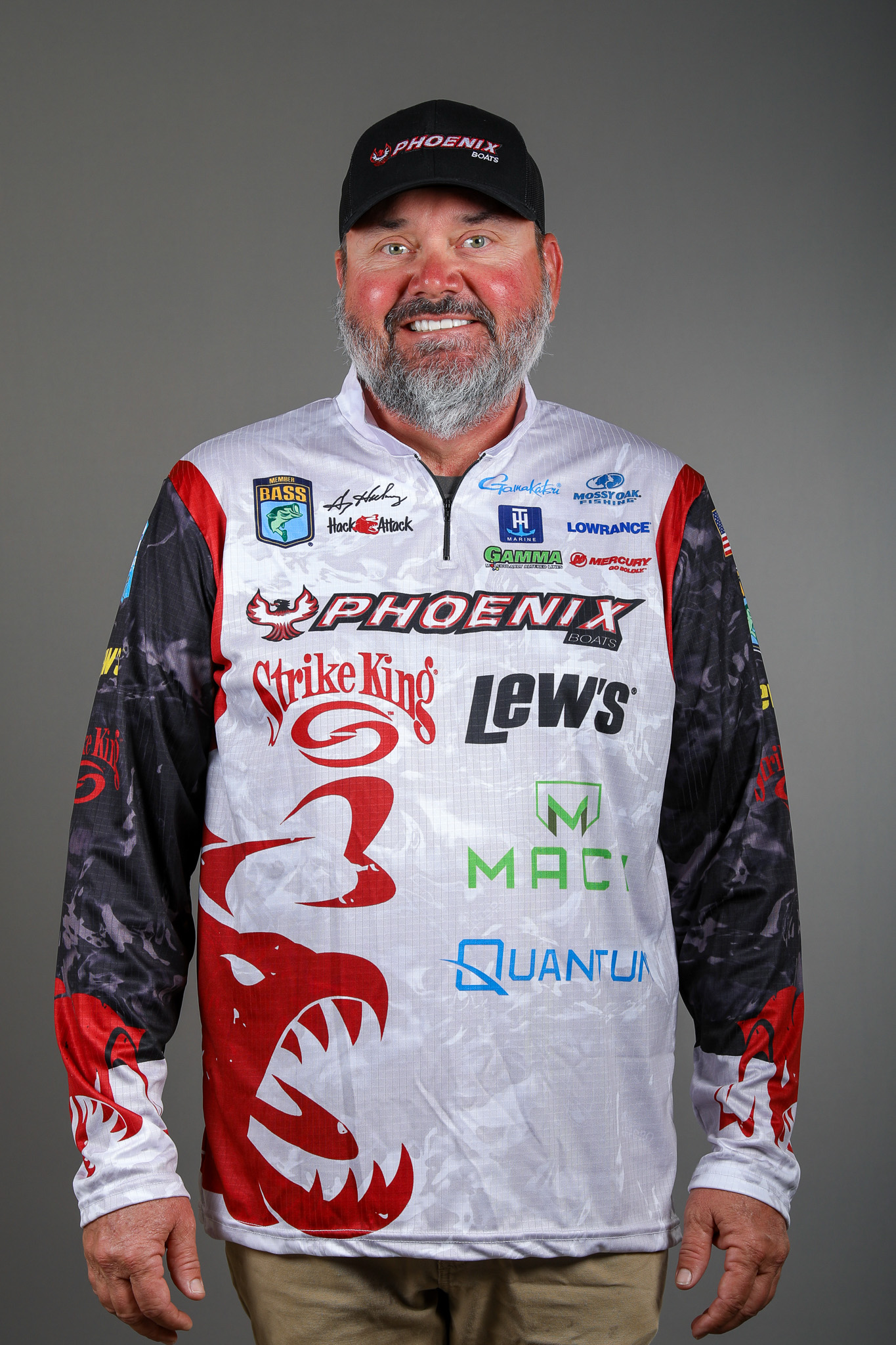It’s fairly common for our waters to hold more than one species of bass. Some of them hold three. With that in mind let’s compare and contrast what each one brings to the table, or in our case to the catch and release.
Before we get too far into this, though, I want to mention a little something about spots. I am of the school that there are two distinct types. They have the same name but they don’t act the same, and they sure don’t fish the same. I’m talking about what we call Kentucky spotted bass and what we call Coosa River spots.
Most of what I have to say about the differences will come next week. For now, if I refer to spots, I’m talking about the Kentucky variety.
One of the first things I noticed when I started fishing tournaments around the country was that the three species are often found together, or that’s the way it seems a first glance. A closer look, however, reveals that they only seem to be together but really they’re different. Those differences may be subtle, but they’re important.
I remember way back when I was fishing an event where I had a strong bite going on a point with a shell bed at the end of it. I’d catch largemouth right off the point where the shells were. My smallmouth came just a little — I’m talking feet — upstream where there was more rock and where there was more current. I’m guessing the current was the most important thing, but you never know for sure.
If you weren’t paying attention to the details you’d have thought the fish were all mixed up. But they weren’t. They were holding in two distinctly different places.
You’ll see pretty much the same thing when they’re in grass. The largemouth tend to hold in the grass. They may be in holes, but those holes will be surrounded by grass. Usually, the heavier the vegetation the better they like it.
If there are smallmouth in that same area, you’ll mostly find them around the edges of the vegetation. For some reason they don’t seem to like to go inside. And, lots of times when you find the smallmouth around grass, you’ll notice that there’s some rock mixed in with it.
Kentucky spots seem to have a little of both in them. Sometimes they’ll bury in the thick stuff, but at other times they’ll hang around the edges. I wish I could be more specific than that. I can’t.
While we’re talking about Kentucky spots I might as well throw one of my other observations into this mix. It seems to me that they tend to bite in tough largemouth conditions. Terrible weather — terrible from a largemouth angler’s perspective — will often turn them on. You’ll notice a lot of tournament guys target them under those conditions.
Another thing worth mentioning is that most of us seem to know more about largemouth bass than we do about smallies and spots. There’s a good reason for that. In most of the waters we fish, a guy needs the bigger largemouth for the extra weight they offer. It’s not that we like them better, or that they’re easier to catch.
Next week we’ll continue this discussion.





